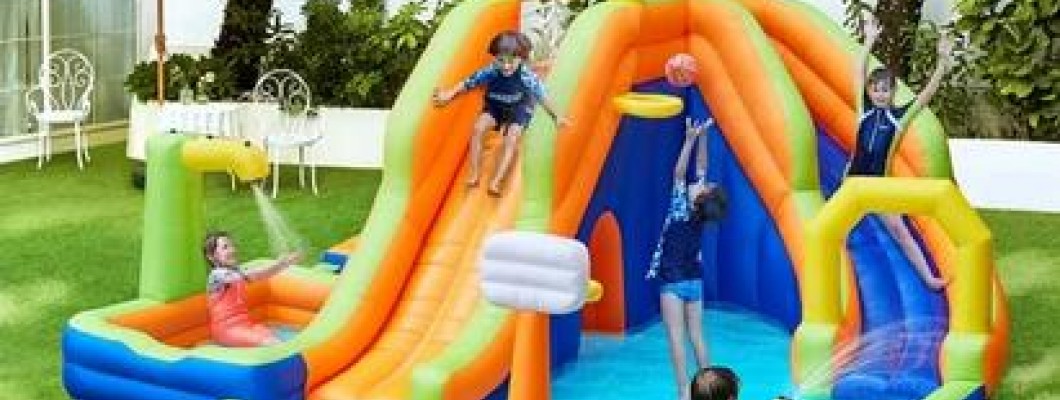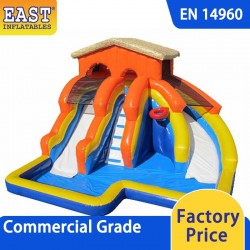
Waterslides are a popular feature in water parks and backyard entertainment, providing thrilling experiences for water enthusiasts. However, one concerning issue that can arise is the cracking of a waterslide while in use. This article explores some possible reasons behind this problem and potential solutions to address it.
Possible Reasons for Cracking
1. Temperature Fluctuations: Waterslides are typically made from materials like plastic or fiberglass, which can expand or contract with changes in temperature. If the water temperature is significantly different from the temperature of the slide, it can cause the material to crack.
2. Material Fatigue: Over time, the constant exposure to water, sunlight, and use can weaken the materials of the waterslide. This fatigue can lead to cracks forming in the slide, especially in high-traffic areas.
3. Poor Installation: If the waterslide was not installed properly, it might not handle the stress of regular use well. Improper support or alignment can cause excessive stress on certain parts of the slide, leading to cracks.
4. Chemical Damage: Water parks often use chemicals to keep the water clean. These chemicals can sometimes be harsh and cause deterioration of the slide material, leading to cracking.
Potential Solutions
1. Regular Maintenance: Regularly inspect your waterslide for any signs of wear and tear. Addressing minor issues early can prevent more significant damage.
2. Temperature Management: Try to manage the temperature of the water and the environment to minimize extreme temperature fluctuations. This can help reduce the stress on the slide material.
3. Proper Installation: Ensure that the waterslide is installed by professionals who can provide proper support and alignment to prevent undue stress on the slide.
4. Chemical Management: Use water park chemicals according to the manufacturer’s instructions to avoid damaging the slide material.
Conclusion
Cracking in waterslides can be caused by a variety of factors, including temperature fluctuations, material fatigue, poor installation, and chemical damage. By understanding these causes and implementing proper maintenance and management practices, you can help ensure that your waterslide remains in good condition for many fun-filled experiences.




Leave a Comment